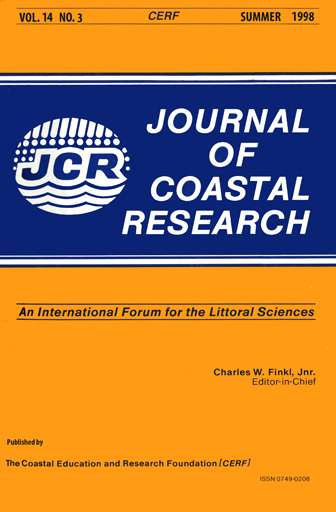Holocene Sea Levels in Anegada Bay, Argentine Republic
Keywords:
Barrier islands, radiocarbon dating, ENSO, eustasy, Lunar PerigeeAbstract
This paper analyzes littoral deposit s of the Holocene transgression in Anegada Bay, Argentine Republic (39o50'S to 40o00'S and 62o15'W). At least five transgressive episodes were identified as Transgresive Stages (TS 0 to V) being marked by barrier island and lagoon development. Their Probable Geological Age (PGA = the minimum 14C age) and Approximate Ages (AA = with 14C ages obtained from mollusk-shells in life position), are: TS-0 = 6560 ± 130; TS-I = 6190; TS-II = 5570; TS-III = 5200; TS-IV = 4350 and TS-V = 3600 BP. The TS-I represents the maximum Holocene Transgression and the TS-0 corresponds to a previous event. Both could be related to maximum solar activity peaks (thermoeustatic transgression). The younger TS (TS-II to V) show minor transgressive episodes which could be related to exceptionally high tides (coincident with the Progressive Cycle of the Lunar Perigee) and to high wave-energy episodes (exceptional storms). The storm episodes could be coupled to episodic events of great magnitude such as the ENSO (past ENSO-Iike = EI Niño Southern Oscillations events). These kind of events might have caused massive sediment pulses and changes in the direction of the littoral drift.


